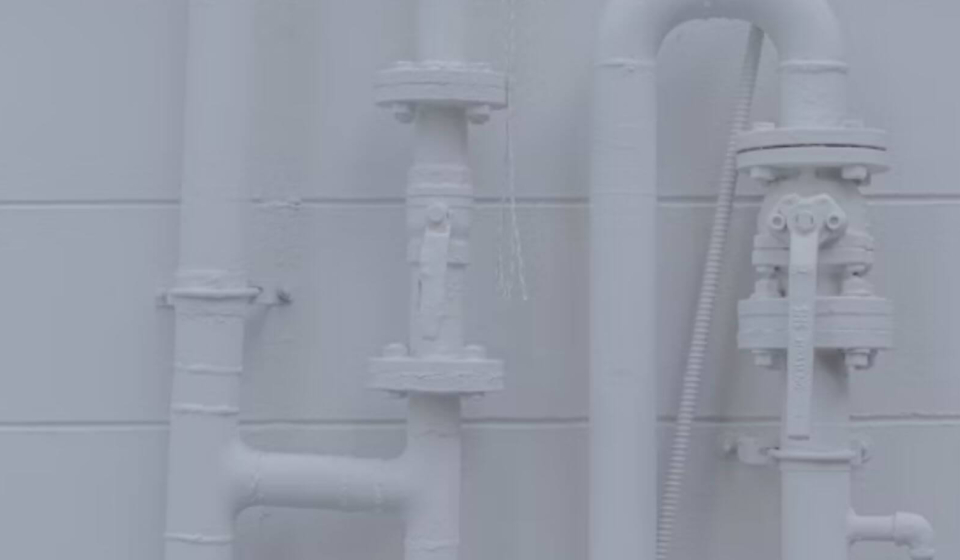How to Sell Your House for Cash Without Stress
Key Takeaways: Understand the benefits of selling your home for cash. Learn practical steps to prepare your home for a quick sale. Discover how to choose the right cash buyer. Selling your house can seem overwhelming, from open houses t ...




















